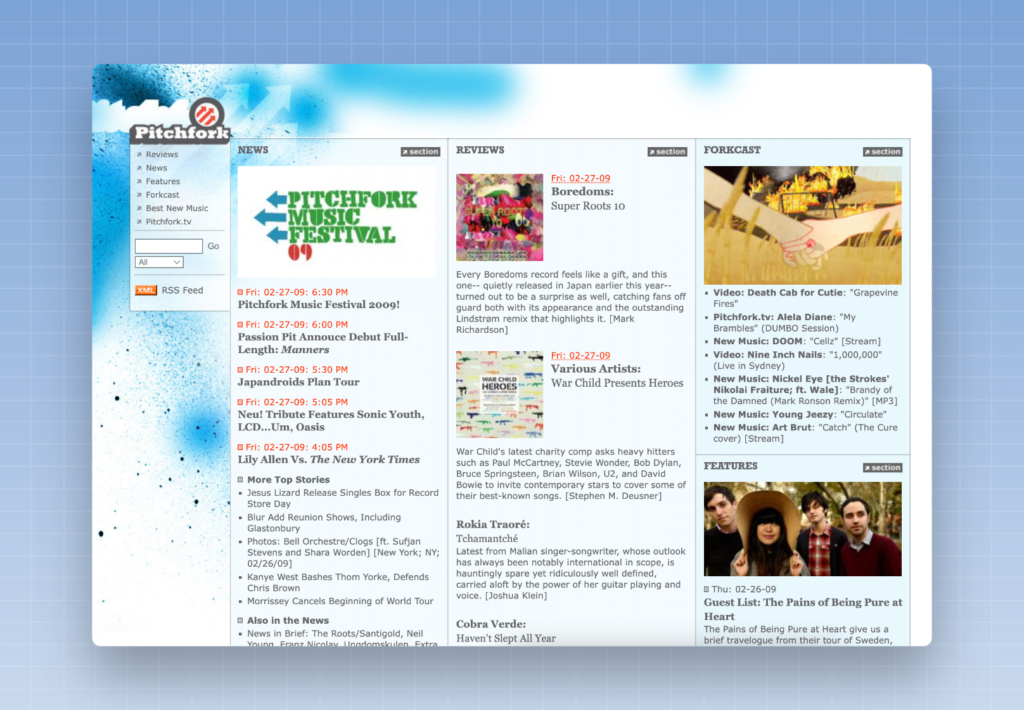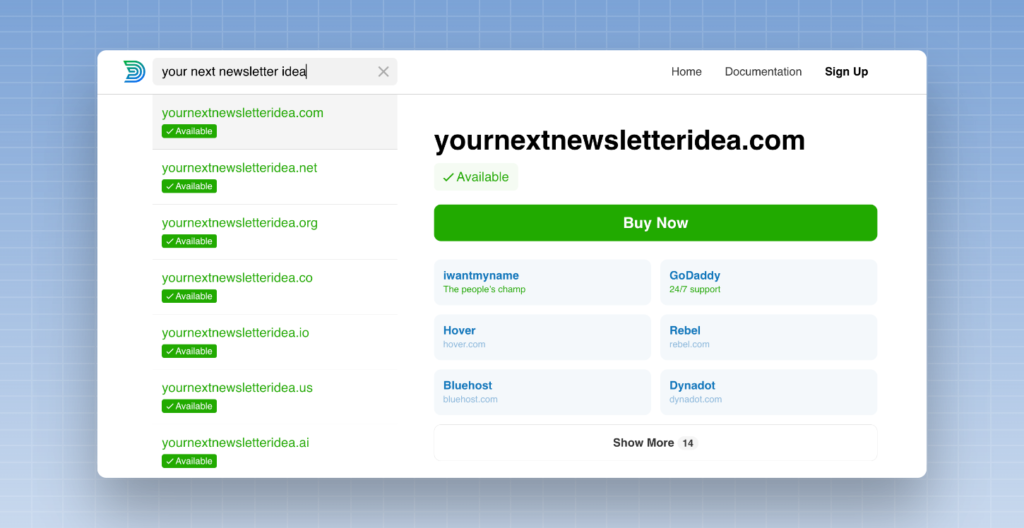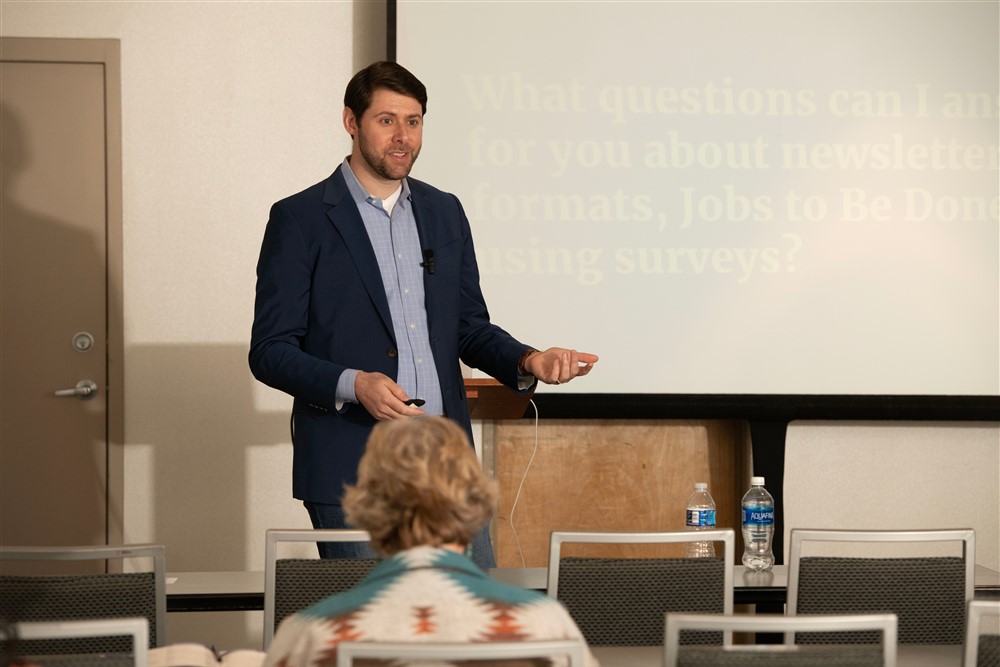A few years ago, I saw Adam Sandler perform live. He was recording what would become his first comedy special in decades, and honestly, I wasn’t sure what I was in for.
What I was in for, it turned out, was something both funny and unpolished.
Sandler’s set, which he’d trim down to about 70 minutes for TV, ran nearly two hours. He performed original songs and some stand-up material. Some bits worked; others didn’t. The cameras rolled the whole time.
What I discovered later was that this was Sandler’s creative process. He does the same thing with movies: He records lots of takes, lots of different ways, and then figures out which is the funniest once he gets to the editing bay. The goal when he’s recording is to capture all sorts of options — he’ll figure out what works later on.
That’s not a bad way to approach your work. Some things become hits, and others flop. You don’t really know which is which when you’re making it. You can’t always see around corners.
So instead of hoping that your first idea will be the right one, try doing a bit more than you expect. Leave yourself some alternatives. If something doesn’t work, that’s OK. You’ll have a Plan B already waiting for you.









